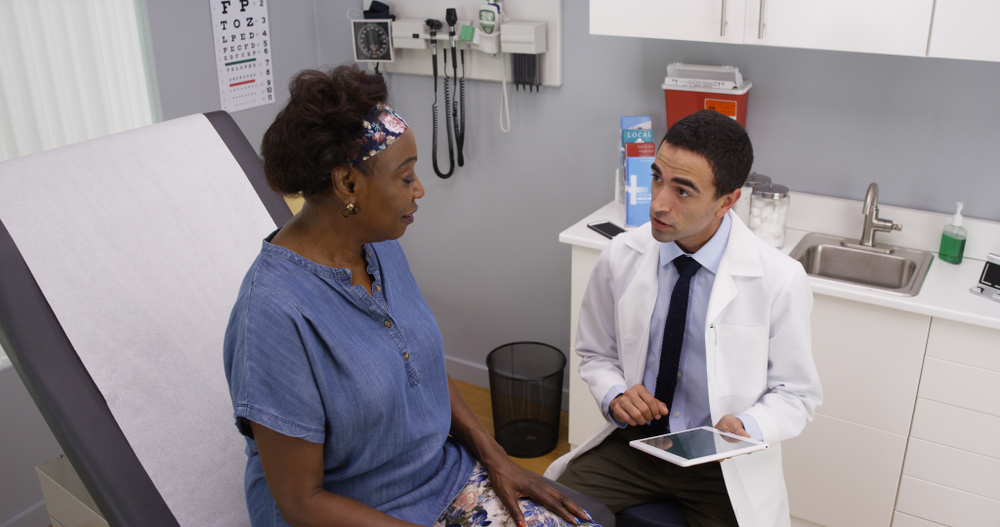
A retrospective study identified baseline demographic and socioeconomic factors of patients with non-Hodgkin lymphoma (NHL) treated with chimeric antigen receptor (CAR) T-cell therapies and found no statistically significant differences in overall survival (OS) across various backgrounds.
Led by Somya Khare, BS, of Oregon Health and Science University (OHSU), the study included 154 patients with relapsed or refractory B-cell NHL treated at the OHSU Knight Cancer Institute. Researchers collected data on age, gender, race/ethnicity, zip codes to estimate poverty level and distance to the treatment center, insurance type, disease type and status at the time of treatment, and clinical trial participation.
Patient Demographics of the Entire Cohort
Of the 154 patients, 43% were older than 65 years, 68% were male, and 14% self-identified as non-white/Hispanic. 66% of patients younger than 65 years old were privately insured, whereas 82% of patients older than 65 had Medicare.
In terms of zip codes, most patients (85%) were from Oregon, and 29% of patients came from areas below the national poverty level. 18% were from non-metropolitan areas, including 1.3% from remote rural areas. A little more than half (52%) lived more than 30 miles away from the treatment center, whereas 29% lived >120 miles from the treatment center.
Commercial Versus Investigational Product
Researchers also investigated factors associated with commercial versus investigational product used. Of the 22 patients receiving investigational products, 59% were male, 27% were older than 65 years, 18% self-identified as non-white/Hispanic, and nearly half (46%) had public insurance. In addition, 29% lived in areas below the national poverty level, and 36% lived in non-metropolitan areas (including 9% in remote rural areas).
The proportion of patients receiving commercial product versus investigational product was lower for patients from non-metropolitan areas compared with metropolitan areas (71% vs 88%, P=0.031) and for those living in areas below the national poverty level (76% vs 90%, P=0.039).
However, researchers found no statistical differences in utilization of commercial versus research products for patients from racial/ethnic minorities or those living in areas >30, 60, or 120 miles from the treatment center.
OS
At a median follow-up of 303 days, the OS for the entire cohort was 65.8%. Researchers found no statistically significant differences in OS for patients from racial/ethnic minority groups; patients living in non-metropolitan areas; or patients living >30 miles, 60, or 120 miles from the treatment center or in areas below the national poverty level.
“Although [access to CAR T-cell therapy] may vary by region, we have been able to offer this therapy to patients from socioeconomically diverse backgrounds in Oregon and nearby region[s],” the researchers noted. “Our study highlights the importance of accounting for social determinants of health when implementing [CAR T-cell] therapy programs to optimize access to all patients.”
Reference
Khare S, Williamson S, O’Barr B, et al. Access to chimeric antigen T-cell receptor (CAR-T) therapies for patients with non-Hodgkin lymphoma (NHL) in the catchment area of Oregon. Abstract #2405. Presented at the 65th ASH Annual Meeting and Exposition; December 9-12, 2023; San Diego, California.






 © 2025 Mashup Media, LLC, a Formedics Property. All Rights Reserved.
© 2025 Mashup Media, LLC, a Formedics Property. All Rights Reserved.